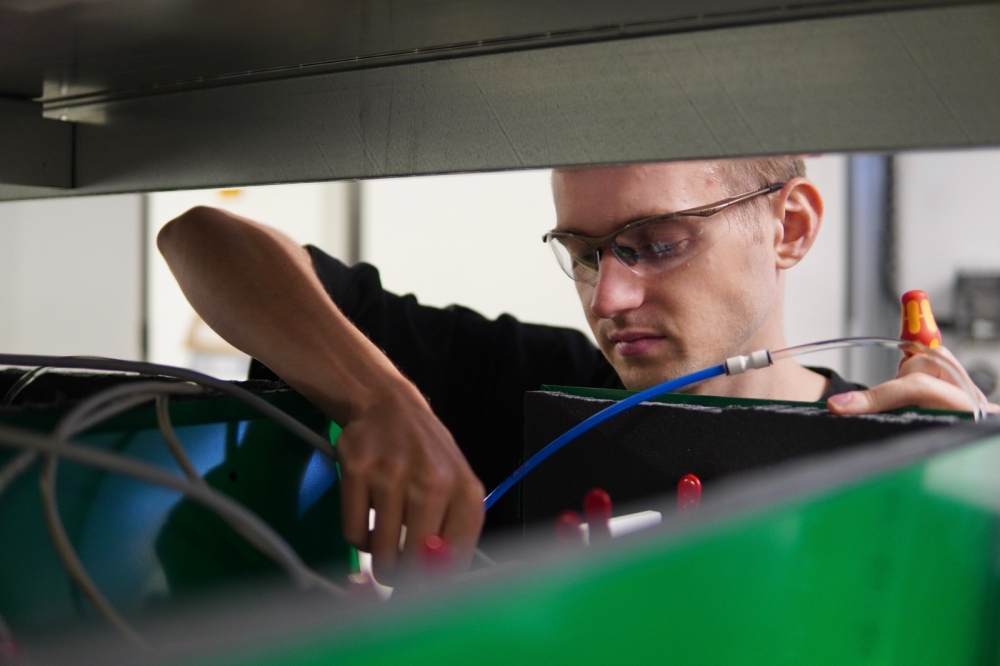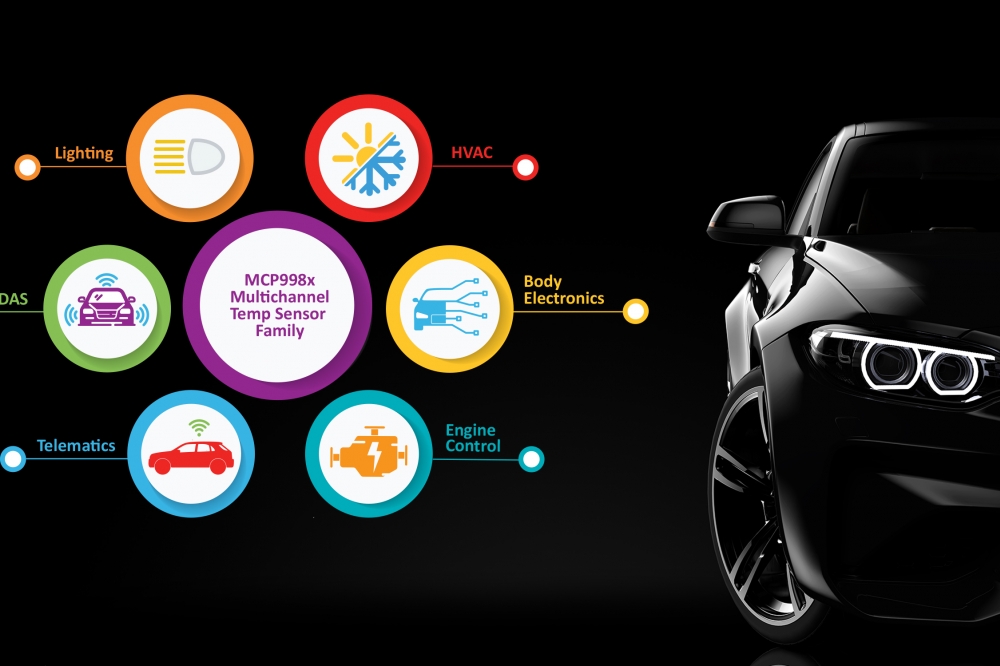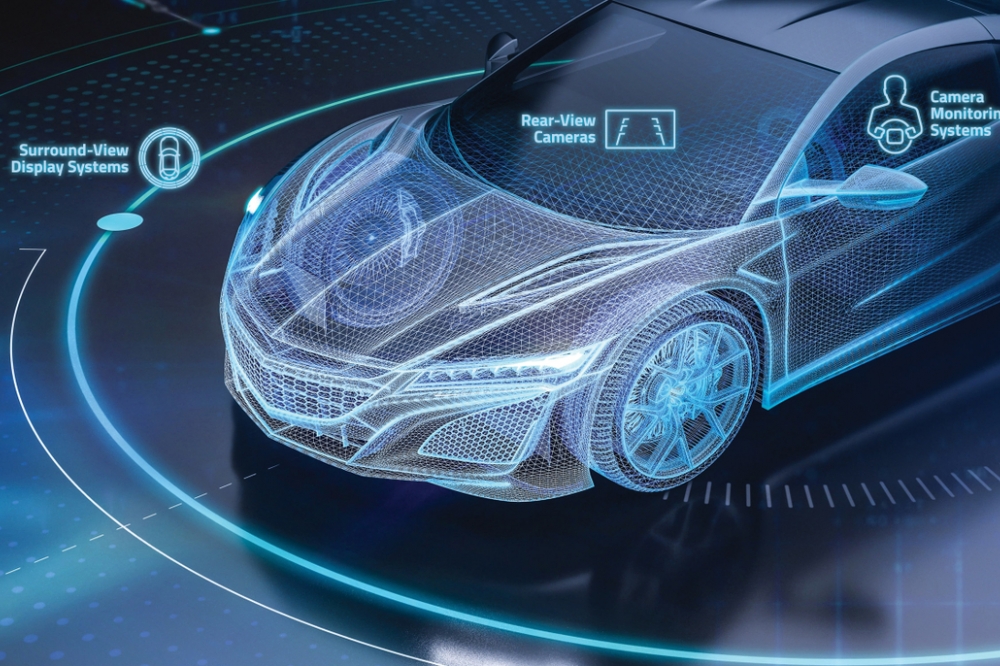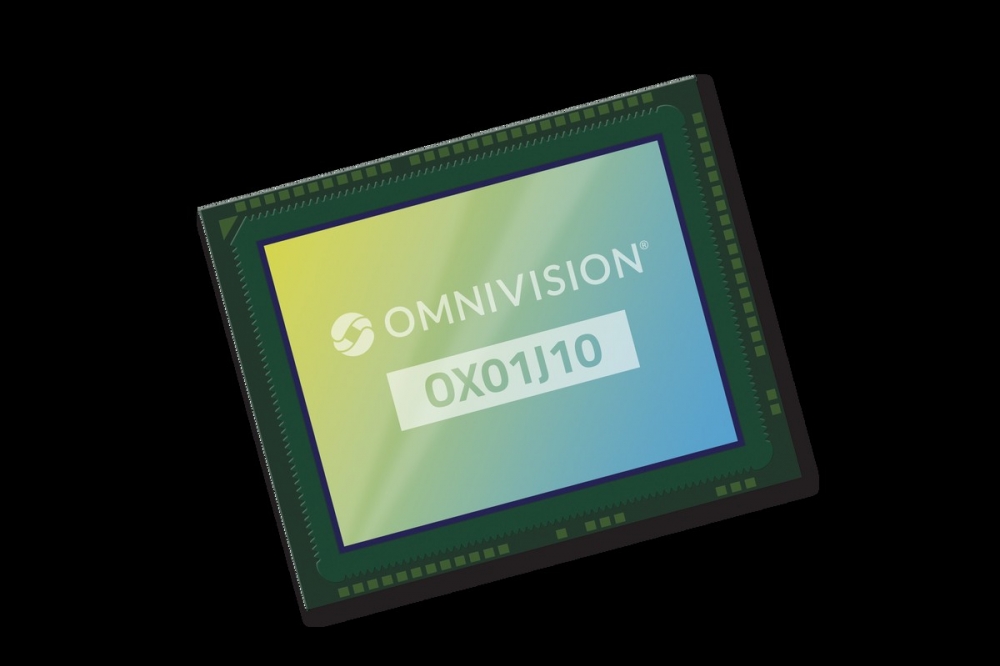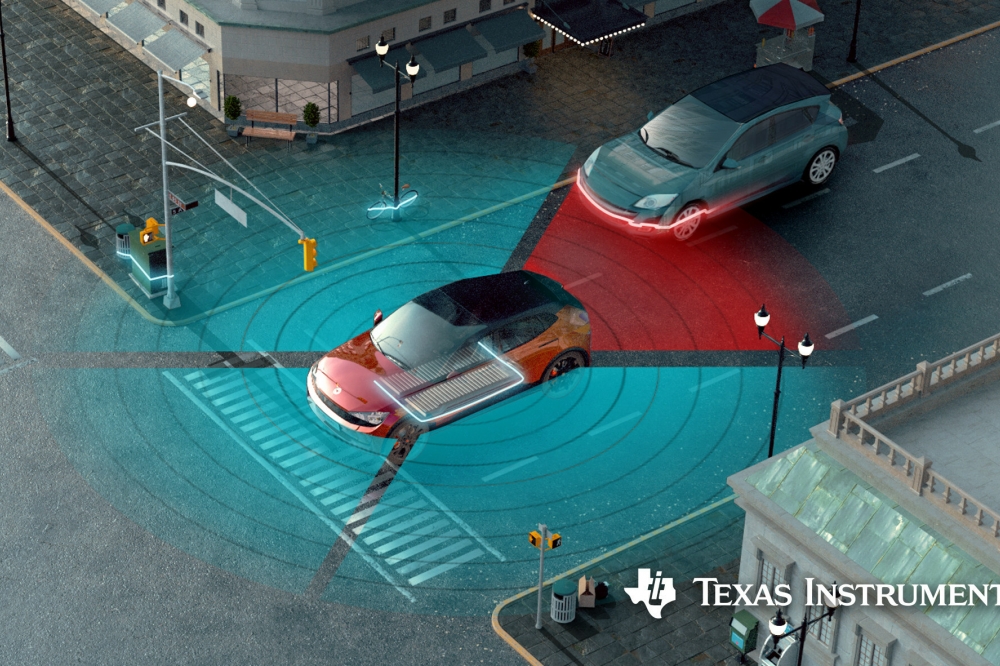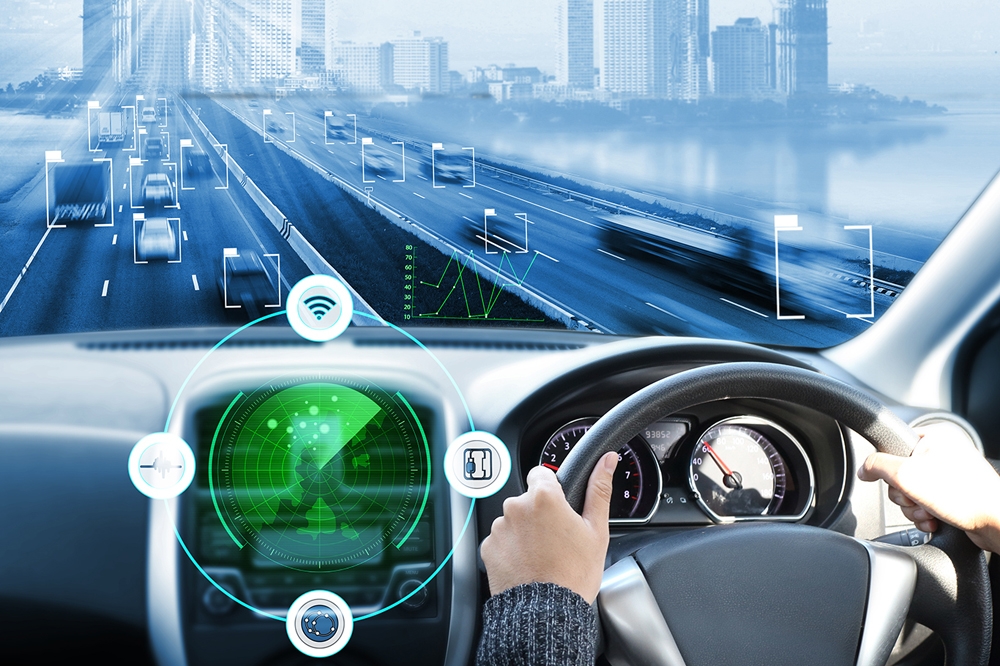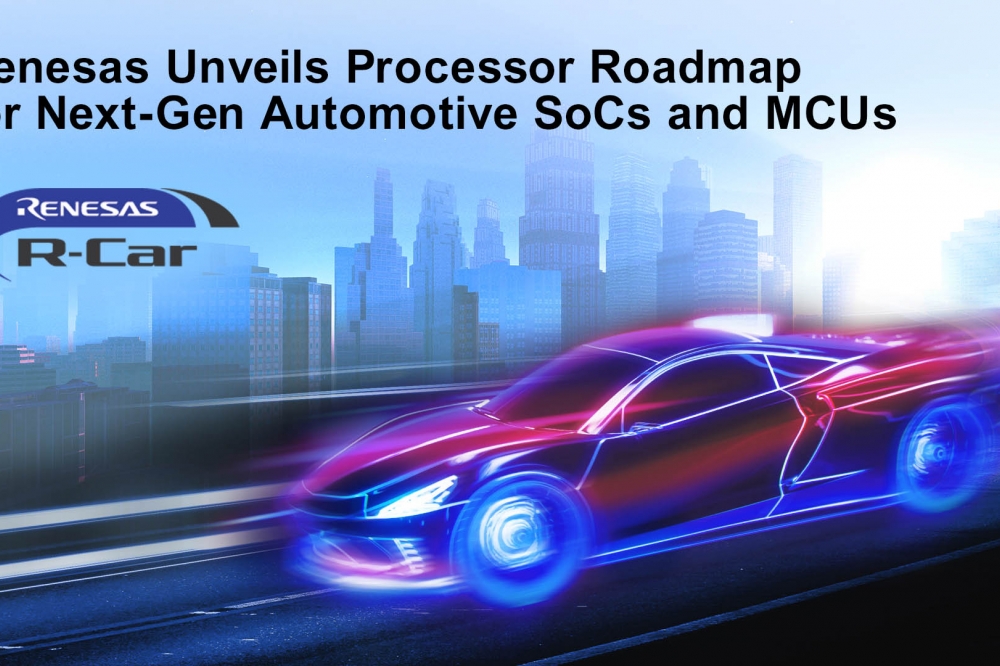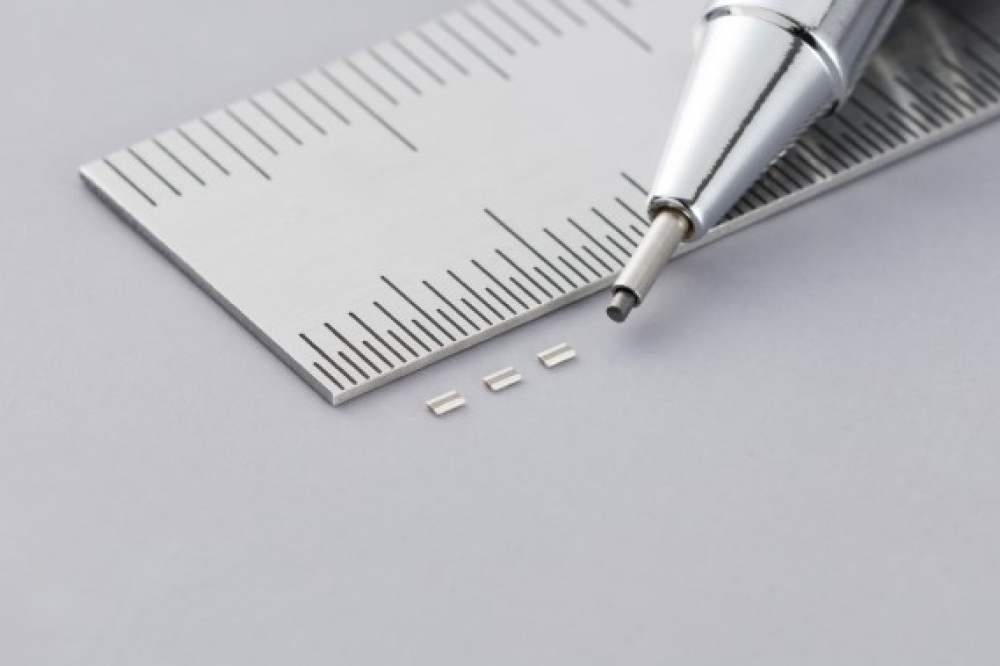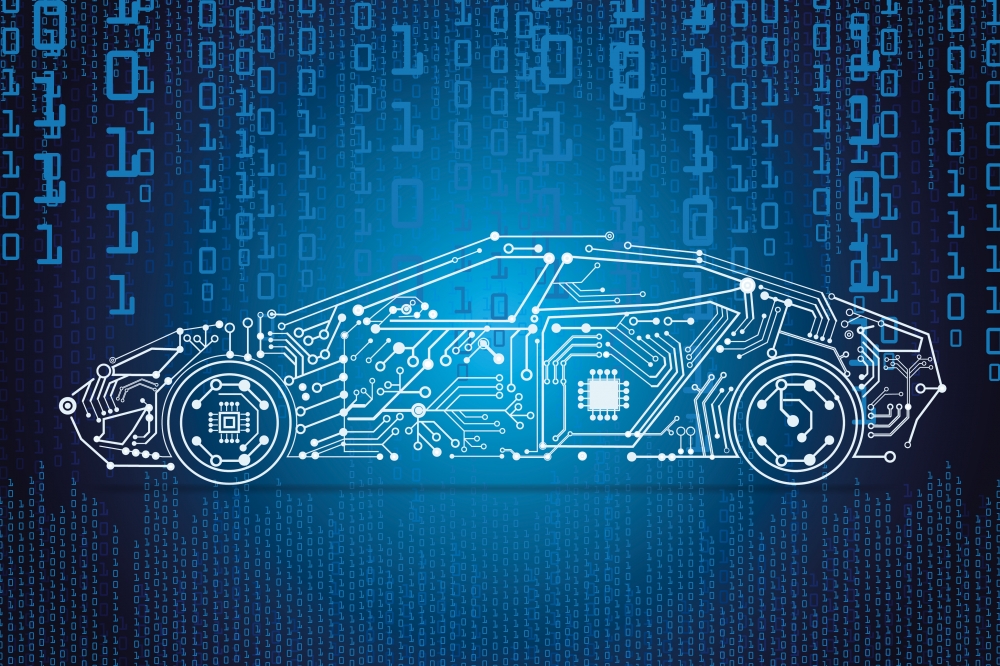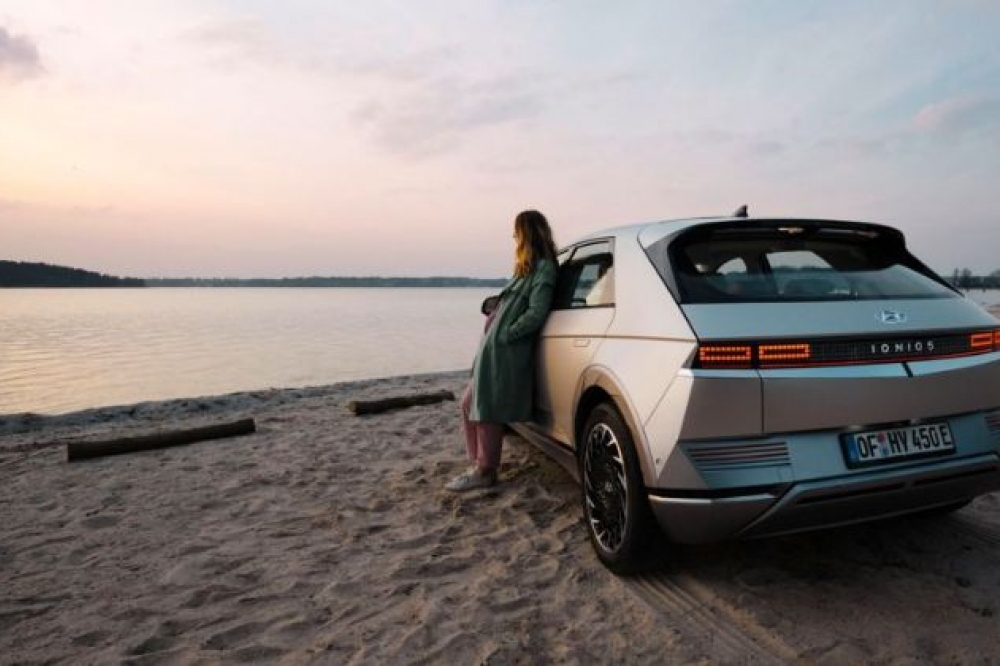69 million automotive LiDAR sensors to ship in 2026

Autonomous driving functions, including obstacle detection and simultaneous localisation and mapping (SLAM), will drive adoption, says ABI
ABI Research forecasts more than 69 million automotive LiDAR (Light Detection and Ranging) sensors will ship in 2026, fuelled by declining hardware costs and the need to equip vehicles with multiple sensors to ensure 360-degree coverage.
Autonomous driving functions, including obstacle detection and simultaneous localisation and mapping (SLAM), will drive adoption, says ABI
LIDAR works on the principle of radar using light from a laser. As safety technologies evolve with regulations and autonomous driving, it is thought that LIDAR, complemented by cameras and radar, could give automakers enough information on the surrounding environment to navigate fully autonomous vehicles.
"Even the most ambitious vendors expect their solutions to begin shipping in high volume models by 2019 at the earliest, which will be too late a time for them to capitalize on the rapid spread active safety technologies that will drive shipments of other sensors, such as radar and camera," says James Hodgson, Industry Analyst at ABI Research.
"The scale and frequency of investments in established LiDAR players and more recent OEM and Tier One startups demonstrates the value that the industry places on LiDAR technology in the development of autonomous vehicles."
The recent Consumer Electronics Show (CES) 2017 in Las Vegas saw a number of presentations from LiDAR developers demonstrating low-cost solid state solutions for mainstream deployment, such as Innoviz Technologies and LeddarTech, the latter of which announced a partnership with automotive manufacturer Valeo last year.
Furthermore, current market leader Velodyne received a joint investment from Ford and Baidu totaling $150 million in 2016 and recently announced its intention to develop a sub $50 solid state system for widespread implementation.
"2016 saw the necessary formation of new investments, startups, and ecosystem partnerships for LiDAR to hit the ground running in the 2019 to 2020 timeframe," concludes Hodgson. "The universal focus on low-cost solutions to enable autonomous functions on high-volume models will accelerate LiDAR shipments throughout the next decade."
69 million automotive LiDAR sensors to ship in 2026
Modified on Wednesday 25th January 2017
Find all articles related to:
69 million automotive LiDAR sensors to ship in 2026


 Add to my Reading List
Add to my Reading List Remove from my Reading List
Remove from my Reading List